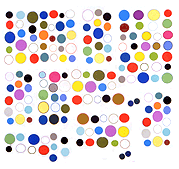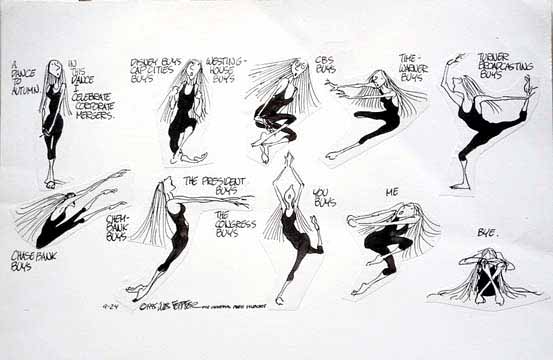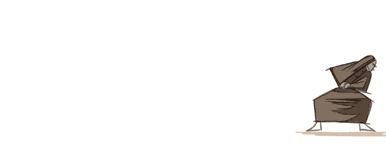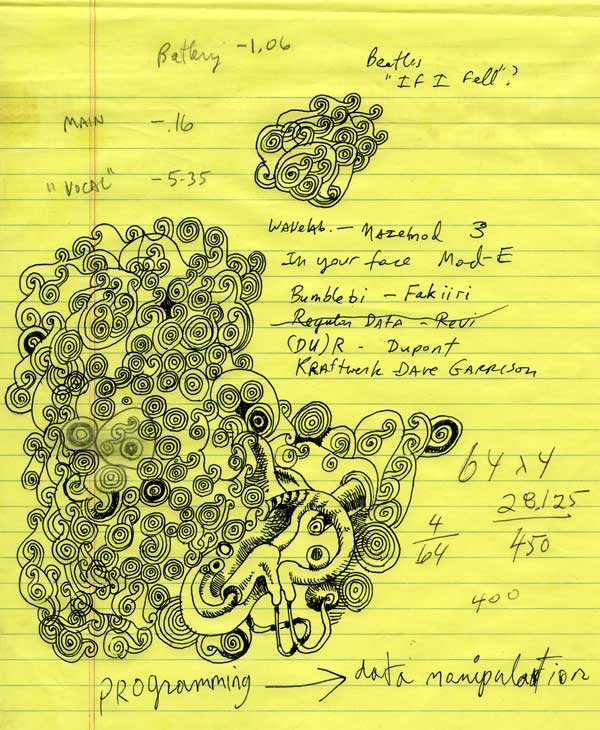people making music with analog synths are the 2k11 versions of the sad aging rockabilly dudes we used to make fun of in high school
quoth WIZARDISHUNGRY on his twitter, and let's add that at least aging rockabilly dudes did some work. Am referring here to the YouTube microgenre where analog synth owners show off their gear with "demos" where they set a sequencer going and press various buttons in real time. The human performer is reduced to a pair of disembodied hands (invariably male) entering the frame to "tweak" sound. The fetishization is so extreme that in one video, a YouTuber films himself opening the package of some component he has received in the mail and proudly waggling it in front of the camera.
One watches these things if one is interested in how the gear sounds but for many users the "demo" appears to be an end in itself. Where once you had a geek in chain mail indulging himself with blorts and hums on his modules before a live, corporeal audience now music is reduced to the simple, minimal acts of (i) selection and purchase of gear and (ii) demonstration of what each switch does for an imagined audience of websurfers.
You could say this is a "tribe" of musicians with its own codes and mores and suspend critical judgment about items like the lack of pacing, terrible camerawork, and overall sameness of the sound within each individual demo. You could defend the genre as a new form of music of the relational or "weak universal gesture" variety, where ultimately the watcher has the power to shorten, mix, match, and aggregate passive vignettes. You could comment on the sociology of the players' attempts to validate their own consumer purchases and miserable existences through obligatory communal video documentation (music being one of many fungible categories of YouTube activity including jet skiing or vacuum cleaning). You could...



